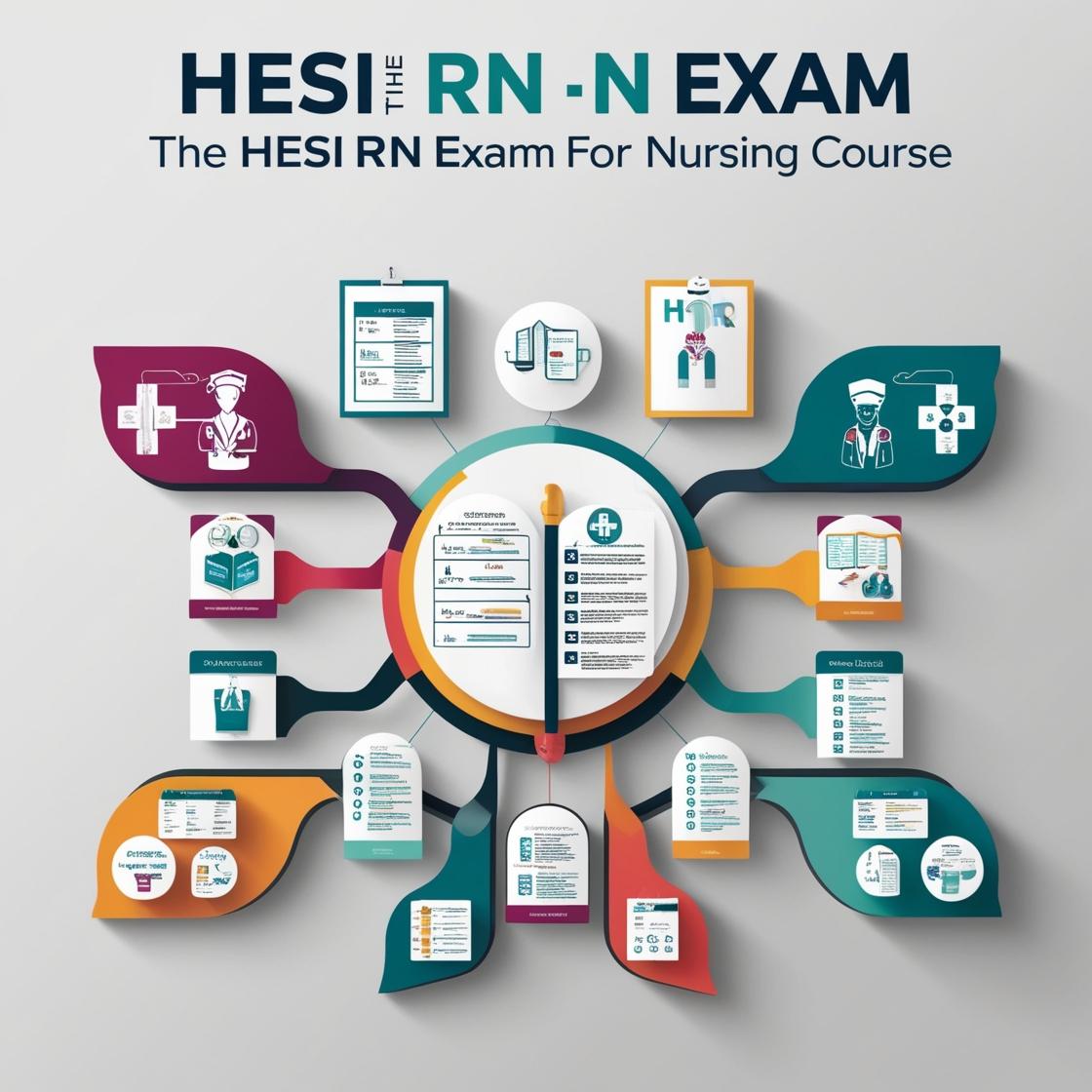HESI RN
HESI Fundamentals
1. When assessing a male client, the nurse finds that he is fatigued and experiencing muscle weakness, leg cramps, and cardiac dysrhythmias. Based on these findings, the nurse plans to check the client’s laboratory values to validate the existence of which condition?
- A. Hyperphosphatemia
- B. Hypocalcemia
- C. Hypermagnesemia
- D. Hypokalemia
Correct answer: D
Rationale: The symptoms of fatigue, muscle weakness, leg cramps, and cardiac dysrhythmias are classic manifestations of hypokalemia. Potassium plays a vital role in muscle function and cardiac conduction, so a deficiency can lead to these symptoms. Checking the client’s laboratory values for potassium levels will help confirm the presence of hypokalemia.
2. What type of technique should the nurse observe when preparing to insert an indwelling catheter?
- A. Clean technique.
- B. Medical Asepsis.
- C. Isolation Protocol.
- D. Sterile Technique.
Correct answer: D
Rationale: When inserting an indwelling catheter, the nurse must observe sterile technique to minimize the risk of infections. Sterile technique involves using sterile equipment and maintaining a sterile field to prevent introducing pathogens into the urinary tract.
3. A client is receiving total parenteral nutrition (TPN). Which assessment finding is most concerning to the nurse?
- A. Blood glucose level of 150 mg/dL.
- B. Blood pressure of 110/70 mm Hg.
- C. Serum albumin level of 3.5 g/dL.
- D. The client's temperature is 100.4°F (38°C).
Correct answer: D
Rationale: A temperature of 100.4°F (38°C) (D) is the most concerning finding for a client receiving total parenteral nutrition (TPN) as it may indicate an infection, which poses a significant risk. Monitoring blood glucose level (A), blood pressure (B), and serum albumin (C) are also important, but an elevated temperature suggests a potential serious complication that requires immediate attention.
4. The patient had a CVA and developed right-sided hemiplegia. Which action is least appropriate for the nurse to take?
- A. Performing ROM exercises during bathing.
- B. Changing the patient's position every two hours.
- C. Suctioning the patient supine and tightly pulling the bed sheets across their feet.
- D. Placing the patient in the prone position for one hour three times a day.
Correct answer: C
Rationale: Suctioning the patient in a supine position and pulling the bed sheets tightly across their feet can lead to foot drop, which is harmful for a patient with right-sided hemiplegia. This action can exacerbate muscle weakness and impair circulation in the affected limb. It is crucial to avoid actions that may compromise the patient's safety and well-being, such as causing foot drop in this scenario.
5. A male client is on contact precautions due to an infected draining wound and is being discharged home. The client lives at home with his wife and their adolescent daughter. What discharge instruction should the nurse include for the client?
- A. Use disposable plates and utensils.
- B. Stay in a room with the door closed.
- C. Dispose of soiled dressings in plastic bags that are securely closed.
- D. Others who are in the same room with the client should wear a mask.
Correct answer: C
Rationale: When a client is on contact precautions due to an infected draining wound, it is important to prevent contact with wound secretions. Therefore, disposing of soiled dressings in securely closed plastic bags helps contain and prevent the spread of infectious material, reducing the risk of transmission to others in the household.
Similar Questions

Access More Features
HESI RN Basic
$89/ 30 days
- 50,000 Questions with answers
- All HESI courses Coverage
- 30 days access @ $89
HESI RN Premium
$149.99/ 90 days
- 50,000 Questions with answers
- All HESI courses Coverage
- 30 days access @ $149.99
